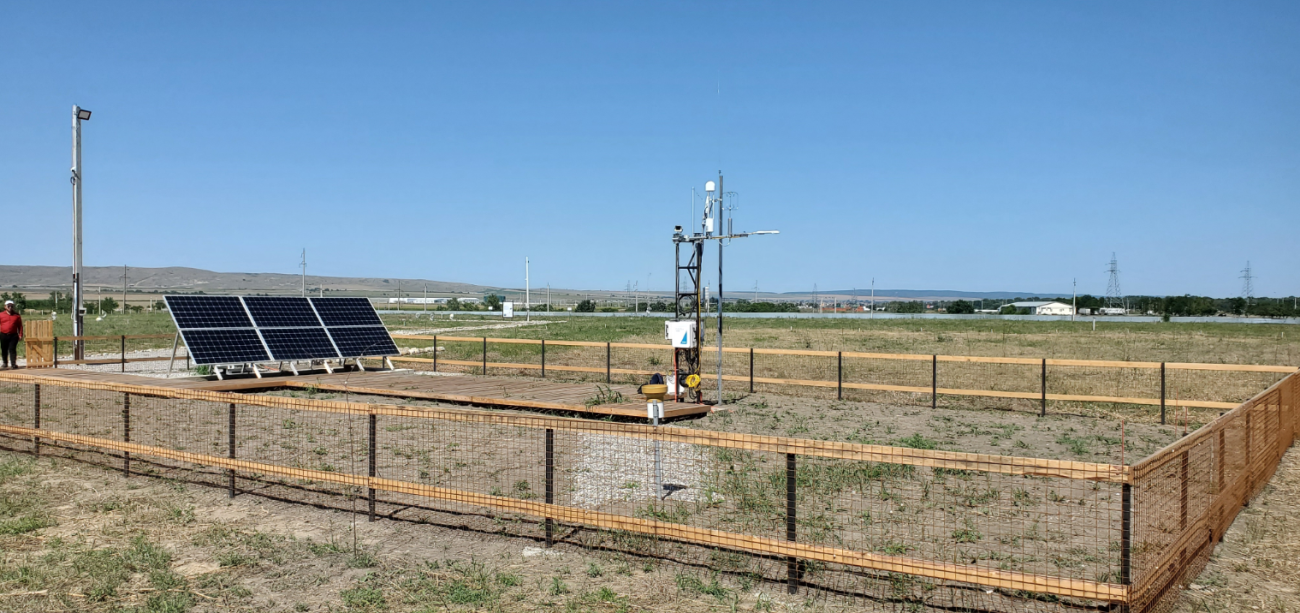
Human influence on natural ecosystems has increased significantly over recent decades, as a result of which their structure and functioning are changing. Changes in the structure of radiation, water and carbon balances affect regional weather and climate conditions. Forest restoration and land reclamation are important components of low-carbon development and decarbonization strategies in the Russian and global economies. Thus, studying the process of restoration of natural ecosystems after disturbances becomes extremely important in the context of climate change. Employees of the Institute of Ecology and Evolution of the Russian Academy of Sciences together with colleagues from M.D. Millionshchikov Grozny State Oil Technical University collaborated on an experiment to monitor greenhouse gas flows in a reforestation zone in the Chechen Republic. New experimental data were obtained on their seasonal and daily variability, as well as on their sensitivity to environmental conditions.
Observations of greenhouse gas fluxes using the turbulent pulsation method were carried out in a reclaimed area planted with tree seedlings. The first year of measurements showed that the absorption of CO2 by the reforestation area in a temperate continental climate is determined by moisture conditions during the growing season. CO2 absorption was observed during the active growth of tree seedlings during periods with optimal soil moisture conditions in the spring months. Periods of prolonged heat and drought in the summer led to the death of vegetation and the emission of CO2 into the atmosphere. Sensible and latent heat fluxes also depended on weather conditions, mainly on incoming solar radiation and humidification conditions. Thus, for the successful implementation of such forest-climatic projects aimed at creating and restoring forest ecosystems with a high absorption capacity of CO2, it is also necessary to develop appropriate irrigation and drainage measures that provide a sufficient amount of soil moisture.
Link to article: Satosina, E.; Mamadiev, N.; Makhmudova, L.; Kurbatova, J. Carbon Dioxide and Heat Fluxes during Reforestation in the North Caucasus. Forests 2023, 14, 2368. https://doi.org/10.3390/f14122368
